But is this a bed of roses leading to the dream of wearing a white coat?
The turning point when missed fate
Nguyen Minh Thi (born in 2006, in Ho Chi Minh City), with a burning desire to become a doctor to save people, but always failed because she did not have enough points to enter universities. Not giving up, Thi researched medical colleges with the thought of studying to become a general practitioner at the college level, then working for a few years and then looking for an opportunity to transfer to become a doctor.
“Although my family is still worried about the quality of training and the future of the transfer program, seeing my determination, they support me. I think this is a detour and may be longer and more difficult, but at least I get to study and work in the medical field, and still have the opportunity to become a real doctor one day,” Minh Thi confided.
In contrast to Minh Thi, Hoang Tuan Tu (born in 2007, in Dong Nai ) thinks that the dream of becoming a doctor is probably too far away and does not want to bet his future on an uncertain path. Tu said that he has read that the regulations on transferring from a medical practitioner to a doctor are getting tighter and tighter, so he does not want to waste 3 years of college study and then fall into uncertainty.
“I decided to switch to studying Pharmacy or Nursing at a prestigious college. After graduating from this major, I can work at pharmacies, pharmaceutical companies or as a nurse in a hospital. The job is clear, the job opportunities are wide open. The important thing is to be properly trained in professional skills so that I can start working right away and be financially independent early,” Tu said.
In response to students’ concerns, Mr. Tran Anh Tuan, Vice President of the Ho Chi Minh City VocationalEducation Association, pointed out the core challenges in the training process. According to Mr. Tuan, the biggest and systematic challenge for training in the health sector at the vocational education level is the quality of training and the conditions for ensuring quality.
First, about the teaching staff and facilities. Medicine is a special science, requiring a smooth combination of academic theory and clinical practice. Training is not simply about imparting knowledge from books but also about “holding hands and showing work”, providing practical guidance on models, and most importantly on patients.
To train skilled doctors, pharmacists, or nurses, the school needs a team of lecturers who are doctors and pharmacists with rich clinical experience. At the same time, the system of laboratories, practices, anatomical models, and especially close links with hospitals and medical facilities so that students have a place to practice (do clinical work) are important factors.
However, not all vocational training institutions can meet this requirement. Many schools, especially private schools, have difficulty investing in expensive equipment and building sustainable relationships with major hospitals, leading to students “learning without training” and lacking practical skills upon graduation.
Second, the medical training program (general practitioner) at universities lasts 6 years, focusing on basic medical knowledge, specialized clinical medicine and scientific research thinking. Meanwhile, the medical program at college level lasts only 3 years, mainly focusing on practical skills and basic treatment techniques. The difference in depth of knowledge is huge.
According to Mr. Tuan, we must clearly define that the goal of vocational education is to train practitioners with good practical skills to perform work according to procedures, under the supervision of doctors. Physicians are an important part of the health system, effectively supporting doctors in providing health care services to patients. "Students and parents need to understand this clearly to avoid the illusion that studying medicine at vocational school is a shortcut to becoming a doctor," said Mr. Tuan.
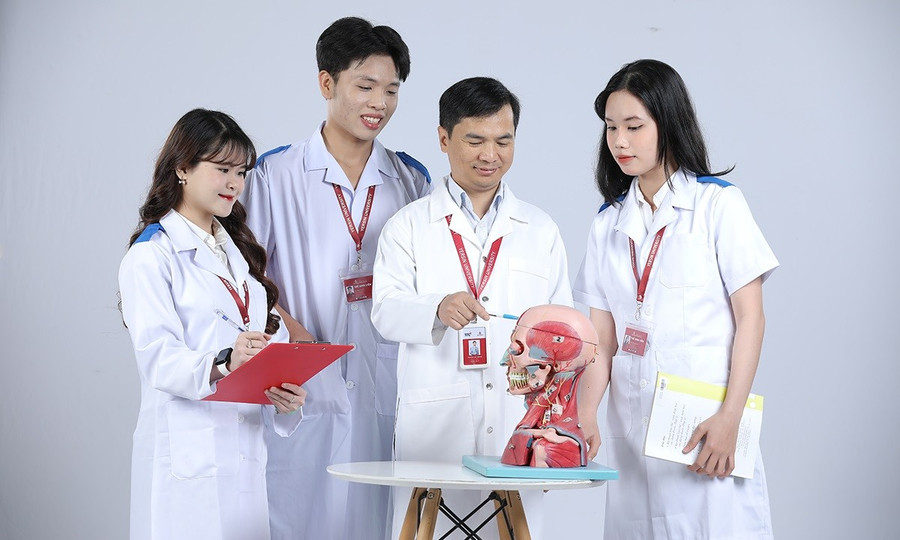
Fierce competition
Analyzing further the challenges related to job opportunities and career development, Dr. Nguyen Quang Tiep - Director of the Institute of International Economic Training Research, commented that after graduation, intermediate/college doctors and pharmacists face two major challenges: Fierce competition in the labor market and unclear career advancement path.
Regarding job opportunities, Dr. Tiep pointed out that although the demand for medical human resources in society is large, the labor market is increasingly differentiated. Central hospitals and large hospitals in cities always prioritize recruiting doctors and pharmacists who have graduated from prestigious universities.
The role of nurses is very important, especially in the primary health care sector. They are the extended arm of doctors. However, in reality, many college graduates do not want to work in remote areas but instead stay in big cities, leading to fierce competition for positions in private clinics and small private hospitals. Moreover, they have to compete with university-graduated nursing graduates - who are more highly regarded for their basic knowledge and foreign language skills.
Regarding the promotion path, Dr. Tiep said that for many years, the transfer from a medical practitioner to a doctor was considered a “door” of hope for many people. However, following the general trend of the world and the requirement to improve the quality of medical human resources, the Ministry of Health has tightened this regulation. Specifically, the new regulations have almost closed the direct transfer path. To become a doctor, a person with a medical degree must start over, review for exams and apply for university admission like other high school candidates.
“This is an inevitable policy change to ensure the quality of medical output, but it also puts an end to the dreams of many students studying medicine with the hope of transferring. This is a huge risk that many training institutions and students did not foresee,” Dr. Tiep warned.
In fact, the vocational education system plays an indispensable role in providing practical medical human resources for society. However, for this path to truly be a suitable choice, changes are needed from many sides.
According to experts, the State needs to plan a network of training schools, strengthen strict quality control, and build a clear and fair career development roadmap for doctors and nurses. On the school side, it is necessary to seriously invest in facilities, teaching staff and prioritize training quality.
“Finally, candidates and their families need to research thoroughly, have a realistic mindset, and clearly understand the role, job position, and limitations of a college degree in medicine or pharmacy to make the right and sustainable career choices for the future,” Dr. Tiep emphasized.
Mr. Tran Anh Tuan commented: “People’s demand for medical treatment is increasing, while hospitals have not yet met all of it. Medical human resources are very important in the needs of other professions because there is a shortage of skilled professionals.
Training in the health sector is related to people's health and lives, so regulations are needed. At the same time, regularly strengthen inspection, supervision, and post-inspection of health sector training facilities, including vocational education training, to ensure quality training and enrollment.
Source: https://giaoducthoidai.vn/hoc-yo-truong-nghe-loi-tat-den-thanh-cong-post739120.html


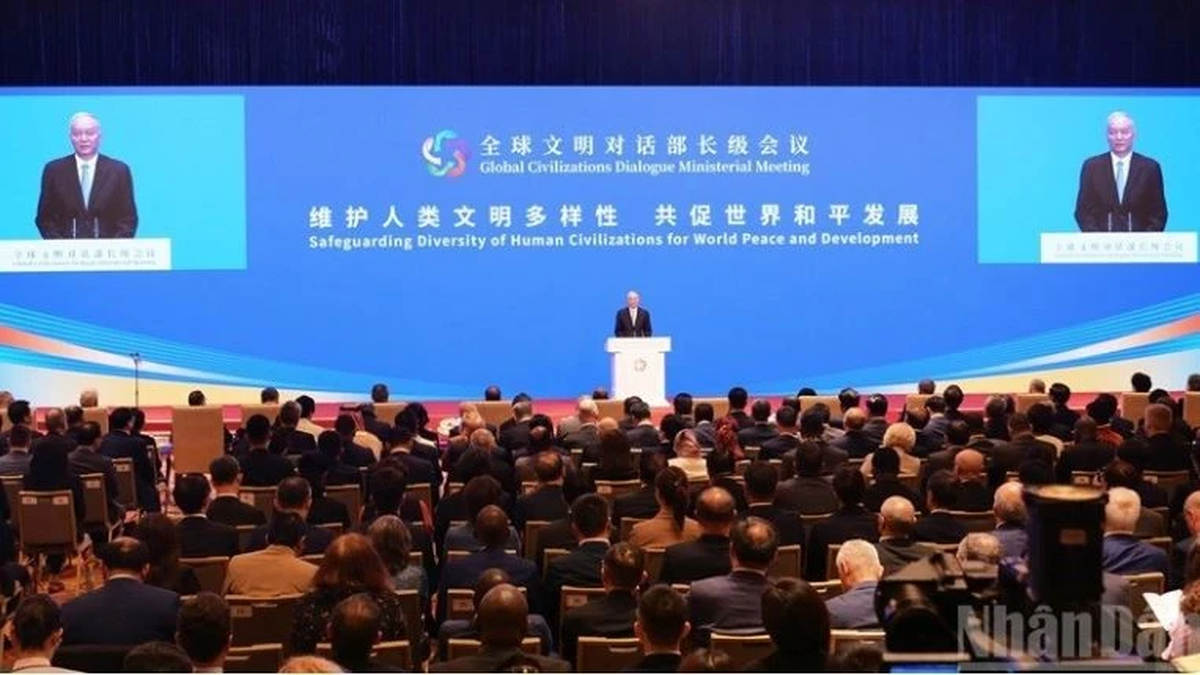
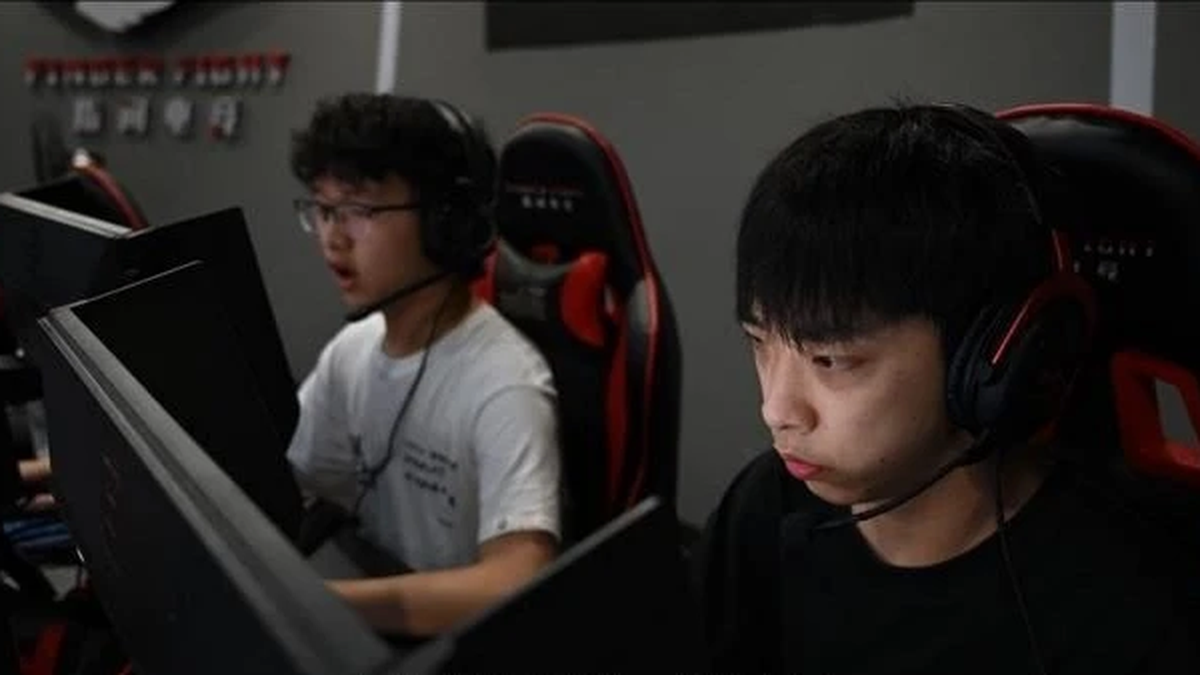
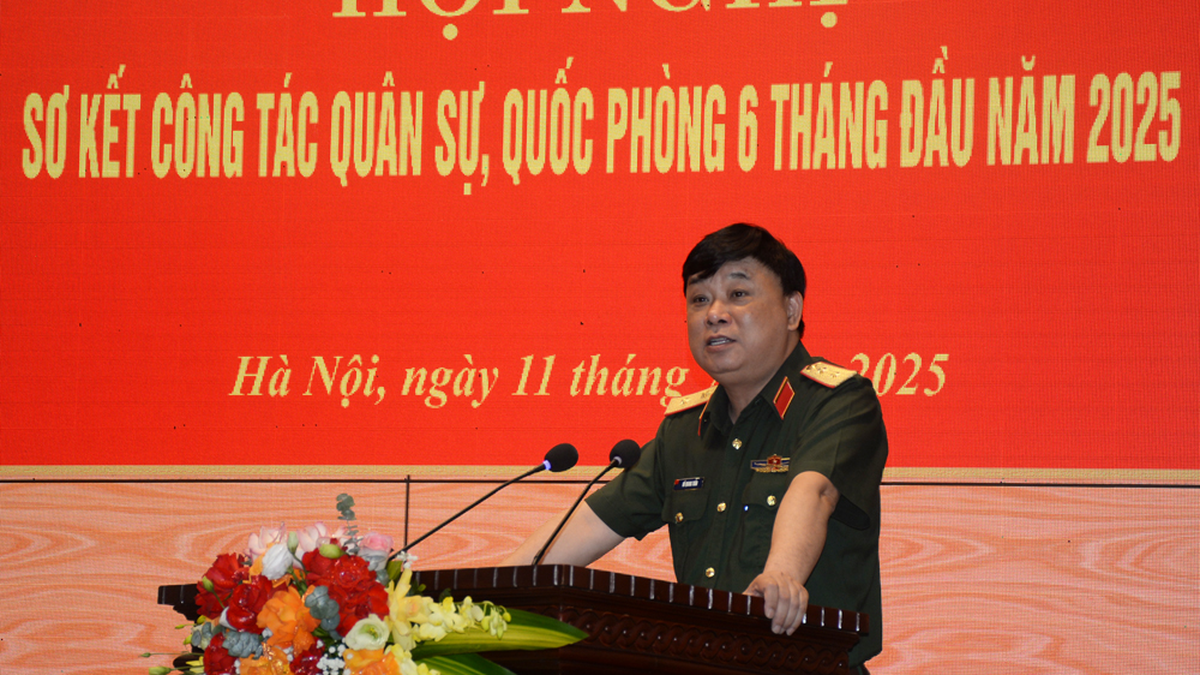

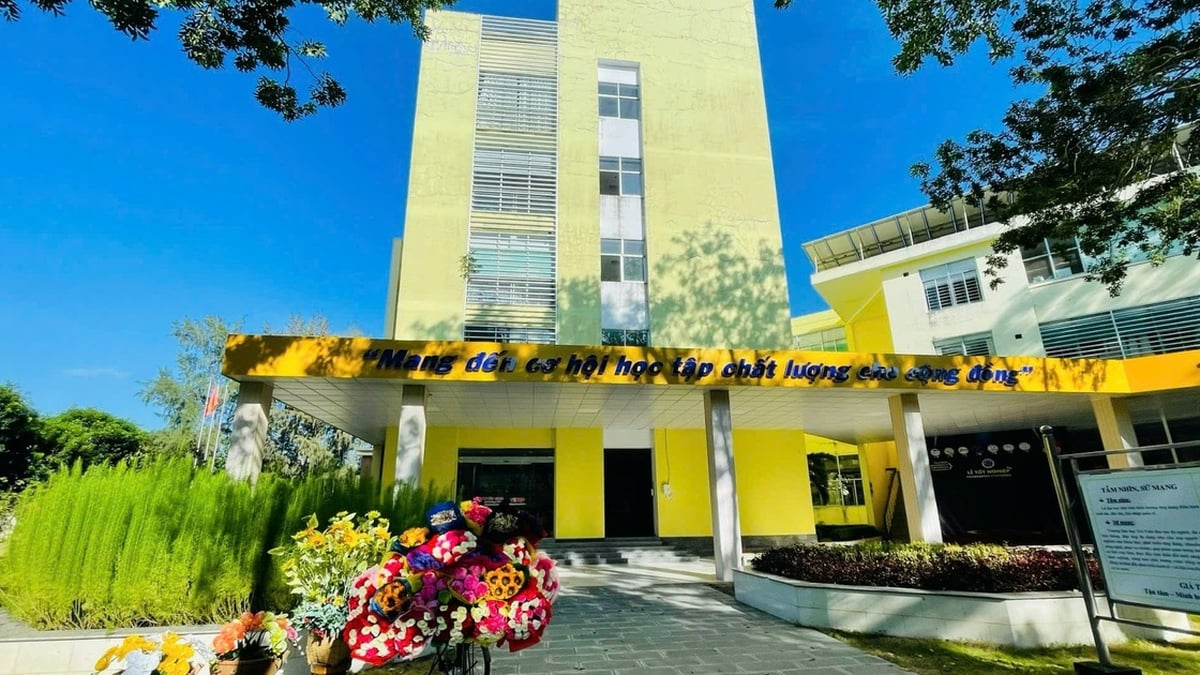
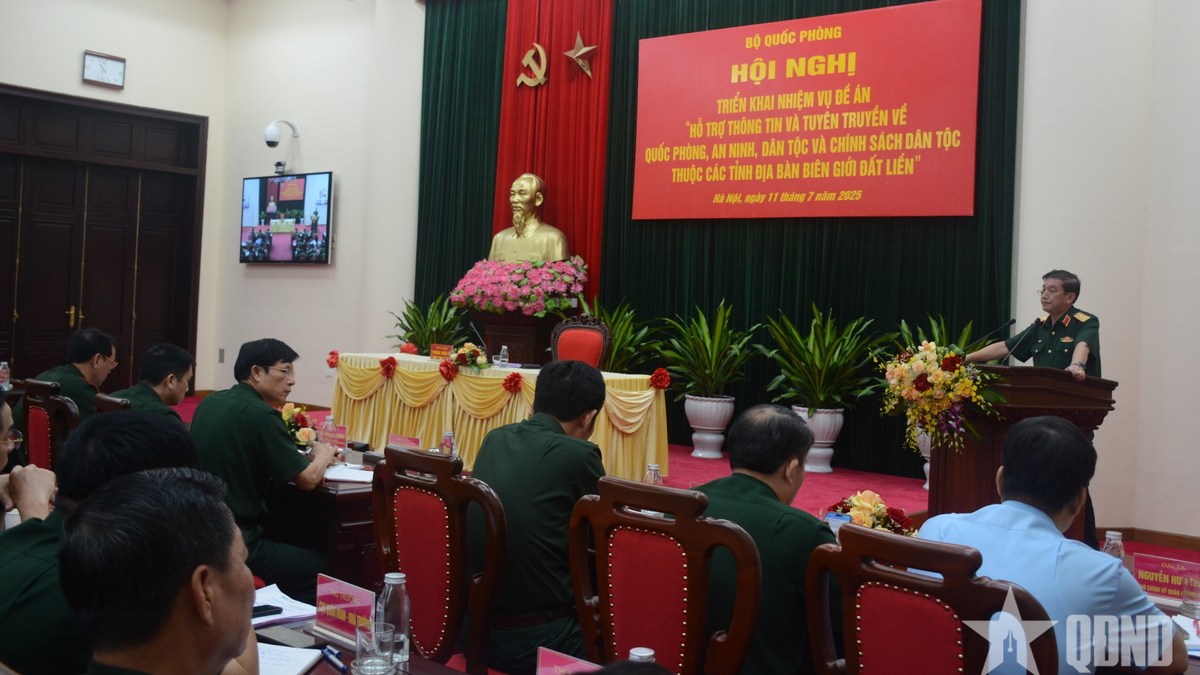
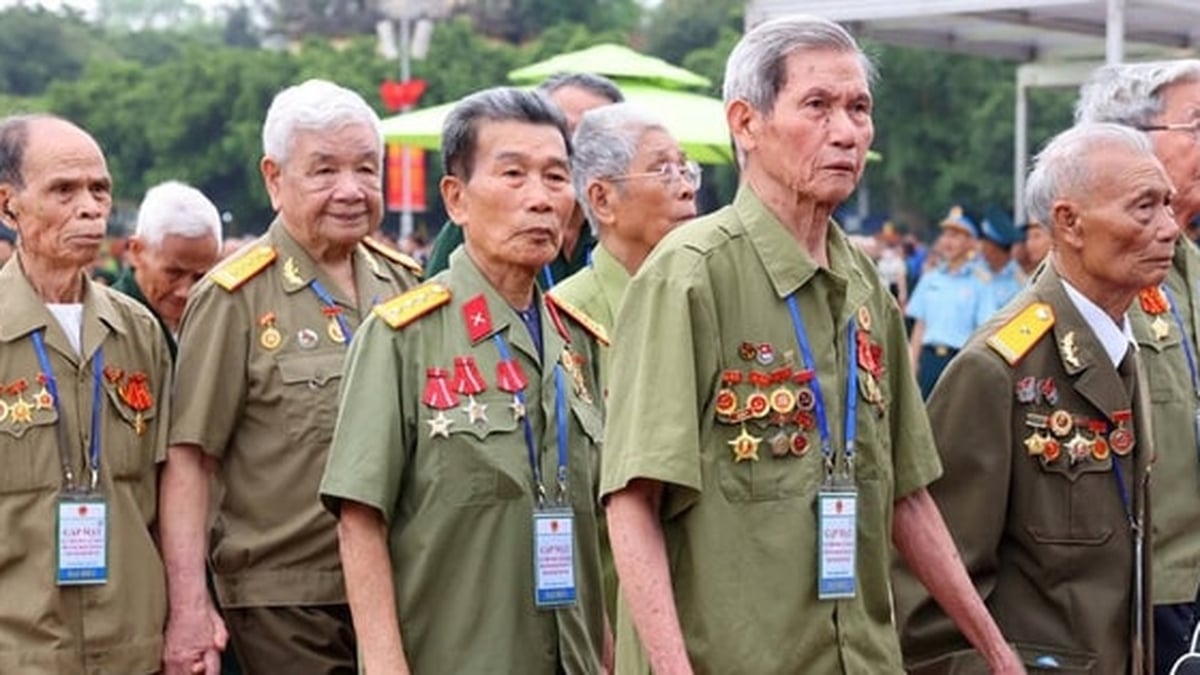
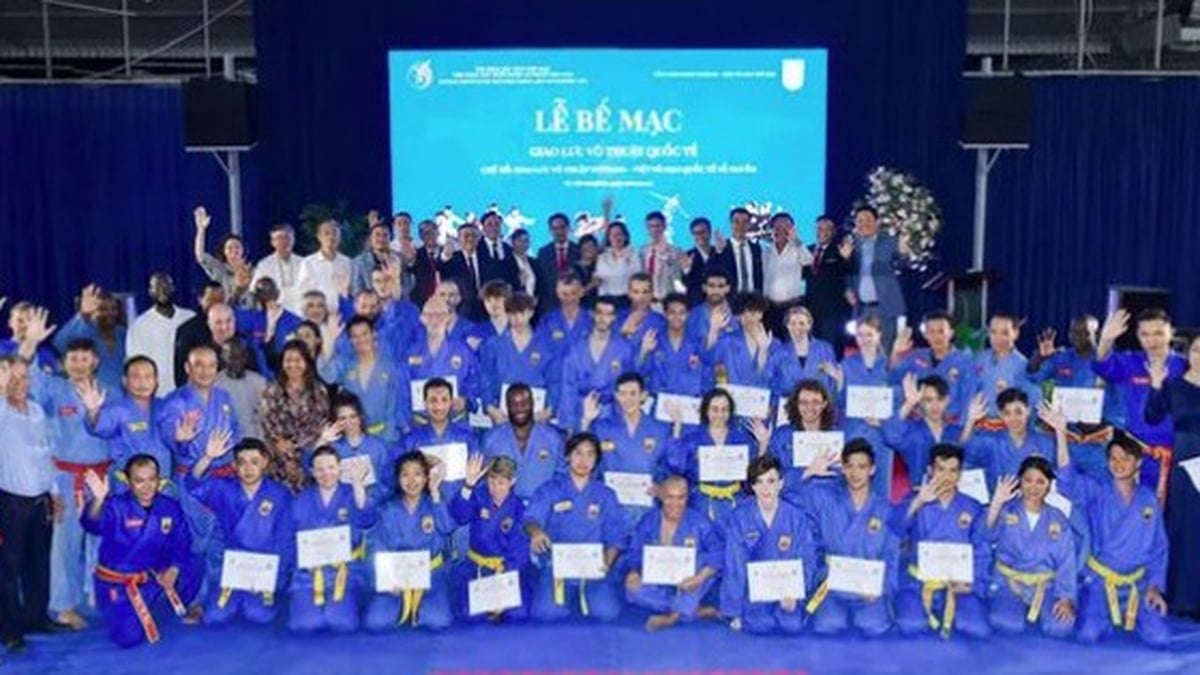












![[Photo] Gia Lai provincial leaders offer flowers at Uncle Ho's Monument with the ethnic groups of the Central Highlands](https://vphoto.vietnam.vn/thumb/1200x675/vietnam/resource/IMAGE/2025/7/9/196438801da24b3cb6158d0501984818)











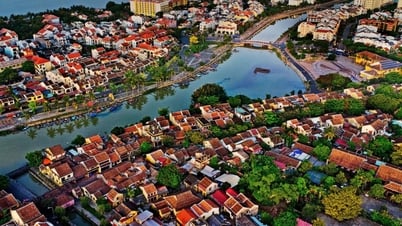





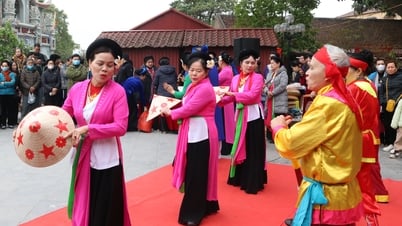














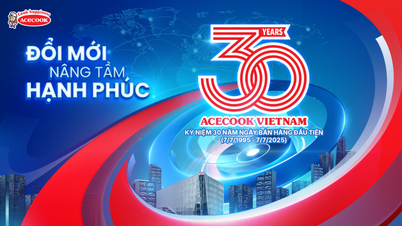










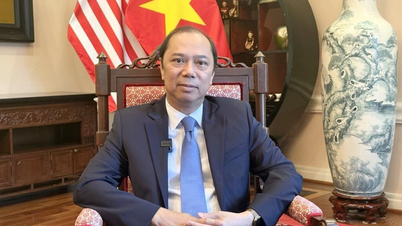






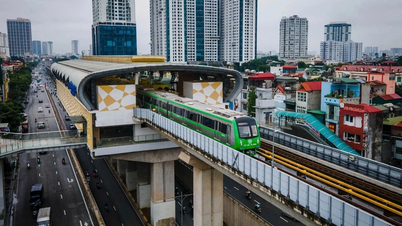


























Comment (0)